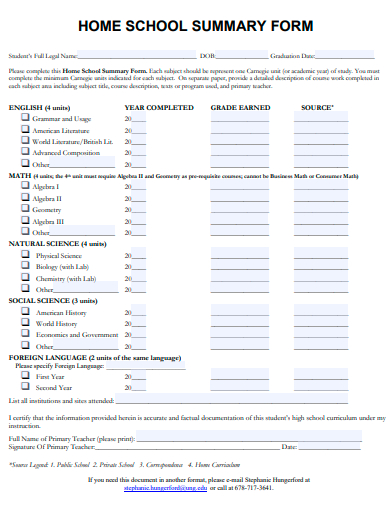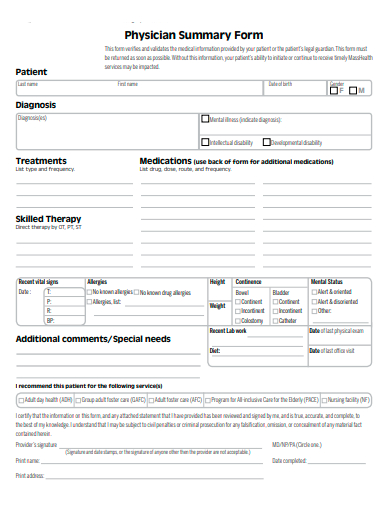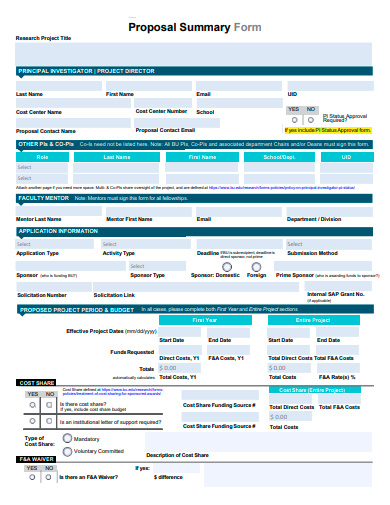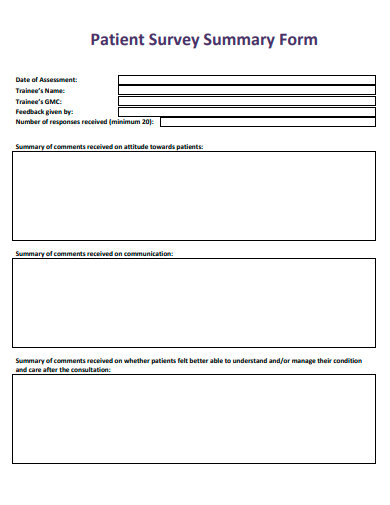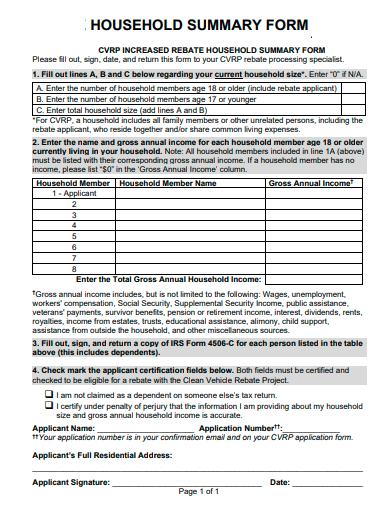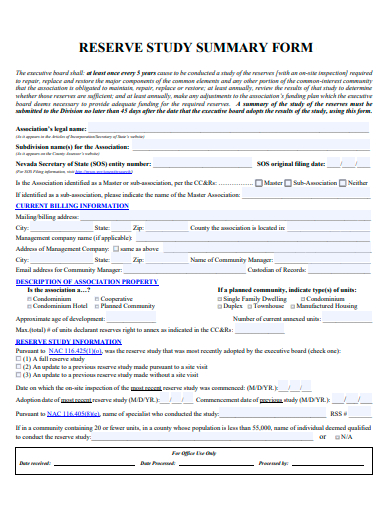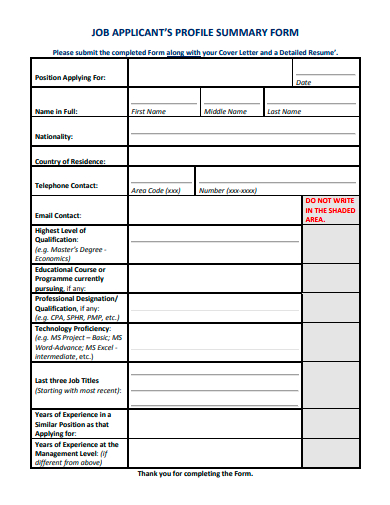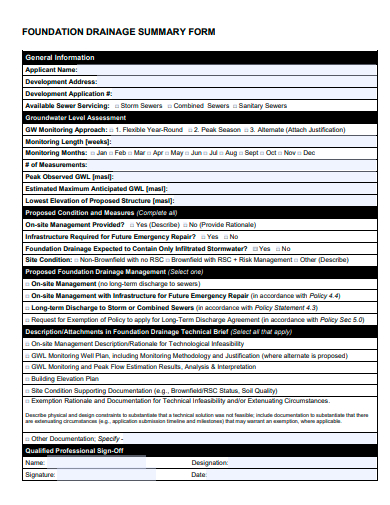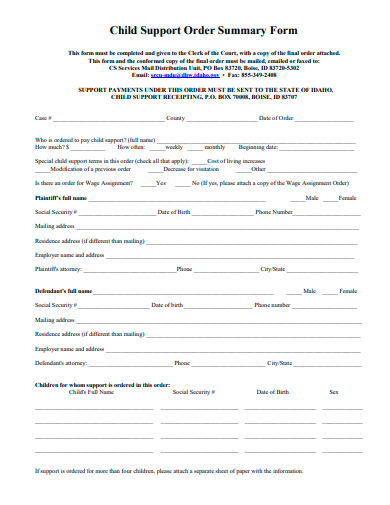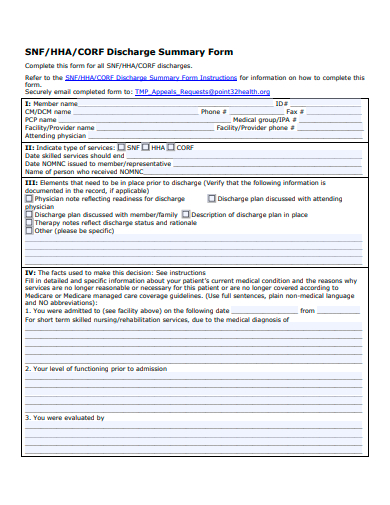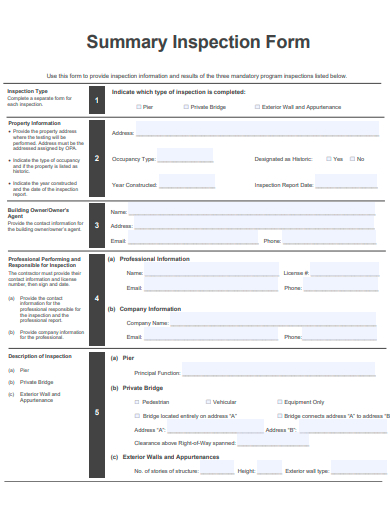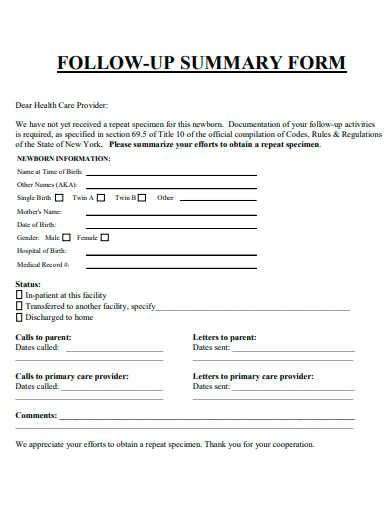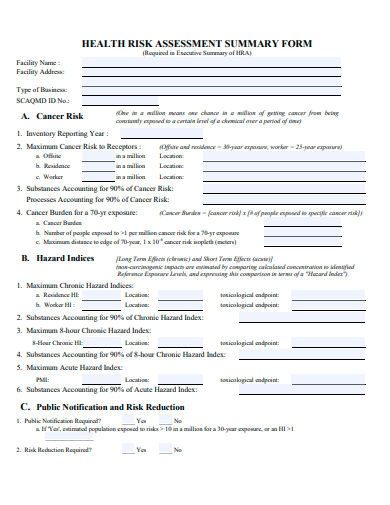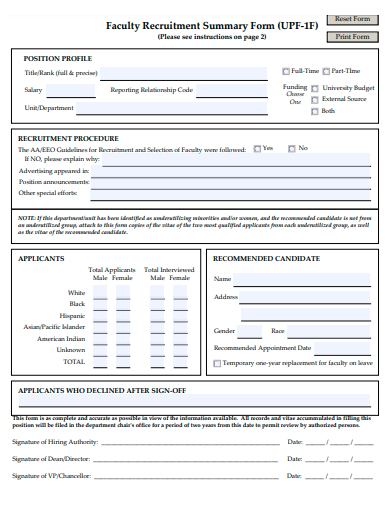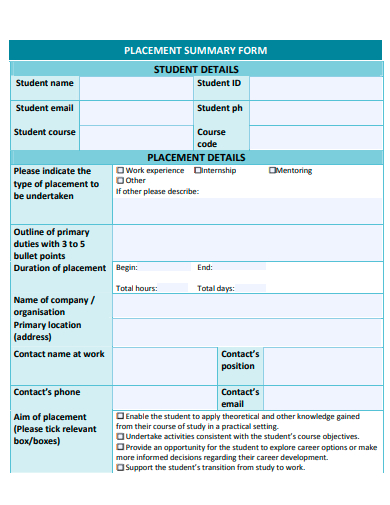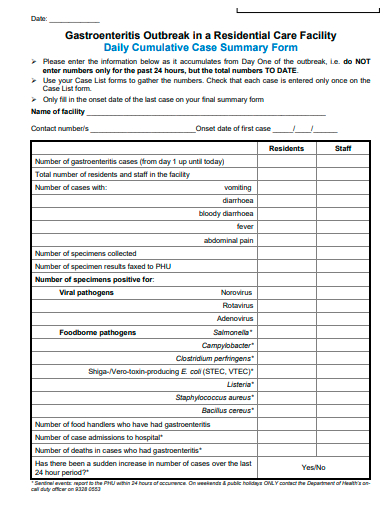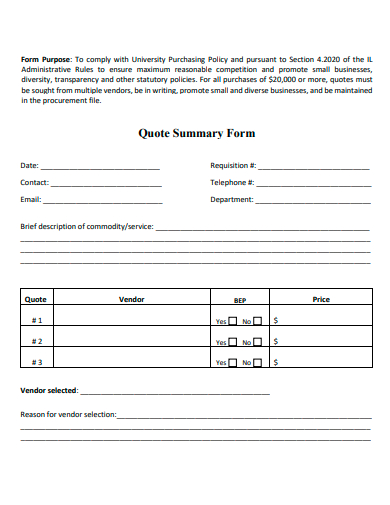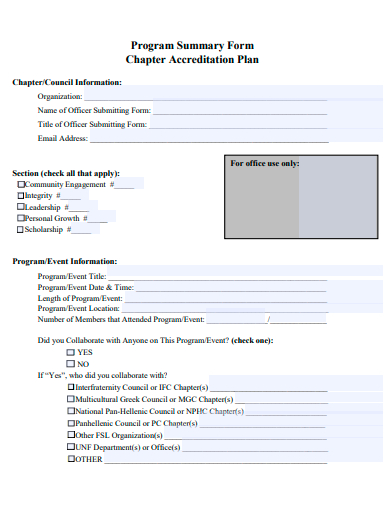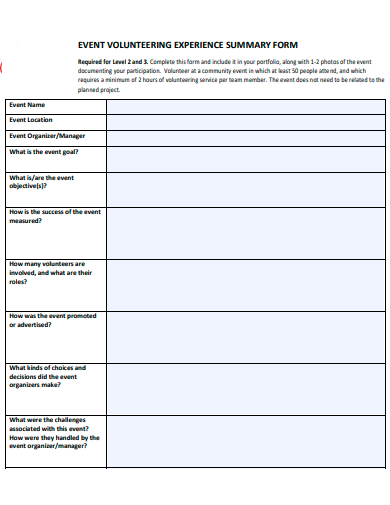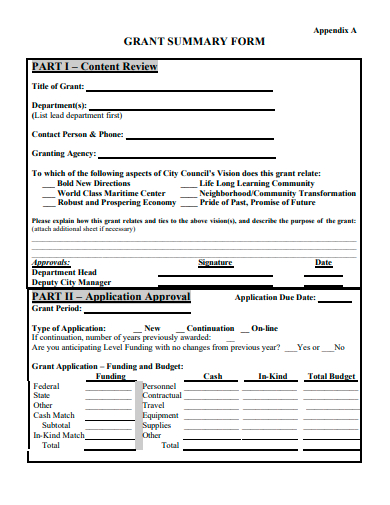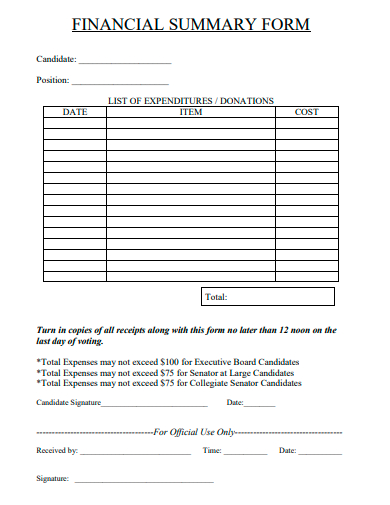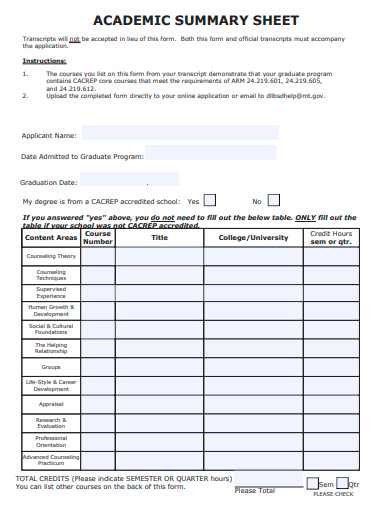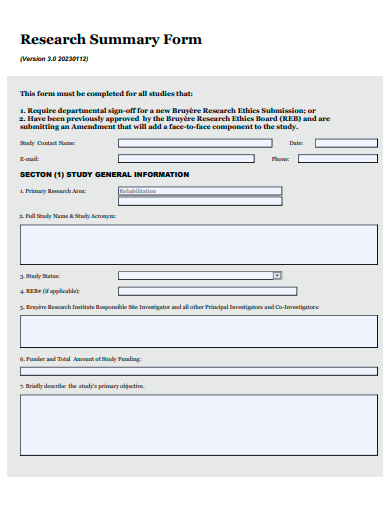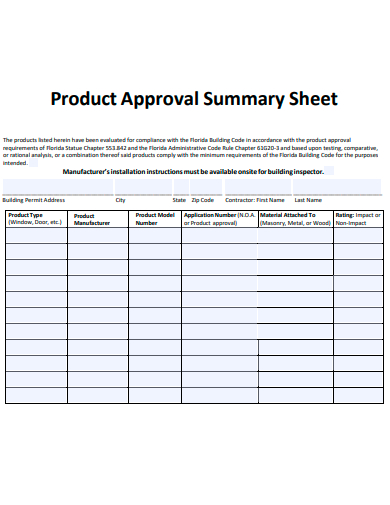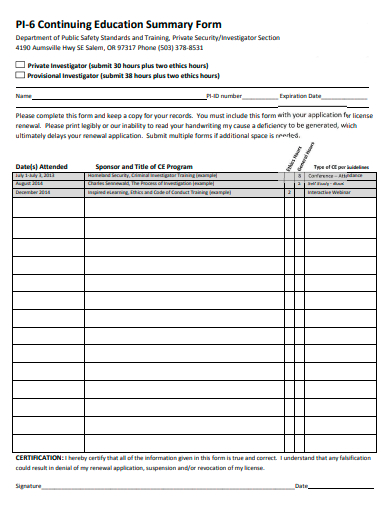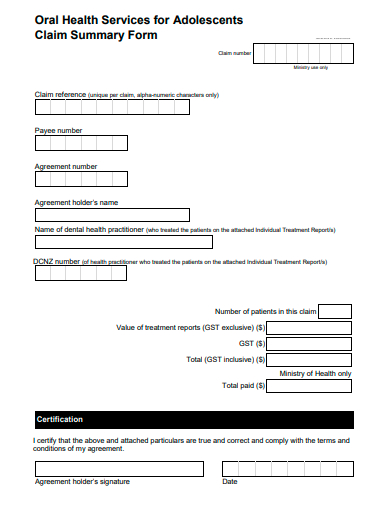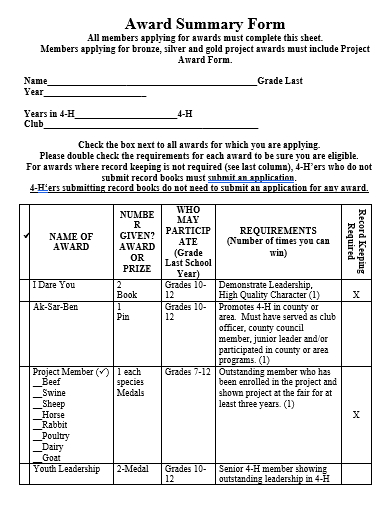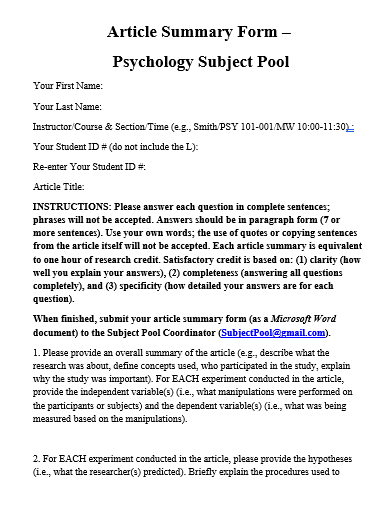A summary form is a document that captures the important essence of a more extensive document, data set, or presentation, providing a brief overview, key points, and critical details in a concise manner which enables easier accessibility for quicker reference. This form is used in different sectors like academics, business, research, and media to deliver important findings, conclusions, or highlights.
30+ Summary Form Samples
1. Home School Summary Form Template
2. Physician Summary Form Template
3. Proposal Summary Form Template
4. Patient Survey Summary Form Template
5. Household Summary Form Template
6. Reserve Study Summary Form Template
7. Job Applicant Profile Summary Form Template
8. Supervision Summary Form Template
9. Foundation Drainage Summary Form Template
10. Child Support Order Summary Form Template
11. Discharge Summary Form Template
12. Summary Inspection Form Template
13. Follow-Up Summary Form Template
14. Health Risk Assessment Summary Form Template
15. Faculty Recruitment Summary Form Template
16. Outbreak Summary Form Template
17. Placement Summary Form Template
18. Daily Cumulative Case Summary Form Template
19. Quote Summary Form Template
20. Program Summary Form Template
21. Event Volunteering Experience Summary Form Template
22. Grant Summary Form Template
23. Financial Summary Form Template
24. Academic Summary Form Template
25. Research Summary Form Template
26. Product Approval Summary Sheet Template
27. Medical Note Summary Form Template
28. Continuing Education Summary Form Template
29. Claim Summary Form Template
30. Award Summary Form Template
31. Article Summary Form Template
What is a Summary Form?
Summary forms refer to a document that contains concise and condensed representations of information that are usually used to obtain the key points of a much larger presentation or document. These forms serve as a quick reference that provides an overview of important details without going through the entire content of the document. Apart from summary forms, you can also use executive summaries, abstracts for research papers, infographics, bullet points, mind maps, executive dashboards, briefing note templates, fact sheets, key takeaways, and video summaries.
How to Create a Summary Form
Summary forms are commonly used in different settings or purposes like business reports, business research reports, business meeting minutes, and academic abstracts. By providing the condensed representation of information in a short format, individuals can facilitate a more efficient communication and decision-making process. Summary forms are also considered time-saving tools that enable an individual to immediately grasp the essence of a particular content and make well-informed decisions without going through lengthy materials.
Step 1: Learn More About the Content
Start by thoroughly comprehending the original material which can be in the form of a report, presentation, or article. Determine the main objectives, key points, and supporting information. Make sure to take necessary notes, highlight critical points, and ensure clear comprehension of the core message.
Step 2: Summarize the Information
Summarize the information by reducing the document’s content to its core elements. Remove redundant or less relevant information while retaining the key insights and utilize concise language while focusing on delivering the most important points in a concise manner.
Step 3: Create the Summary Outline
Use a logical structure when formatting the summary form to ensure the seamless flow of information. You can use headings, bulleted lists, or numbered lists to enhance the form’s readability.
Step 4: Check and Make Necessary Revisions
Perform a careful review of the summary form to ensure its accuracy, completeness, and coherence. Make sure that the form captures the essence of the original material without introducing any biases then make necessary revisions to accomplish an informative summary.
FAQs
What are the common reasons for using a summary form?
The common uses of summary forms include business reports, academic abstracts, meeting minutes, news articles, legal documents, executive summaries, company policy documents, research findings, book blurbs, and performance evaluations or reviews.
What is the basic format used for summary forms?
The basic format of summary forms includes parts like the title, introductory paragraph, main points, supporting details, conclusion, and source or citation information.
What are the advantages of utilizing summary forms?
With summary forms, individuals can use them as a time-saving tool and cross-reference tool, enabling efficient communication, decision-making, and clarity, improving retention, accessibility, collaboration, training and learning, and increasing productivity.
Summary forms provide a concise and brief representation of data or information and intend to obtain the core essence of a more extensive document or data set. These forms are used in a wide range of industries, from business to research and media, to communicate important research observations or findings, highlights, and conclusions without the need to read and go through the entire document.
Related Posts
Sample Employee Declaration Forms
Sample Release of Liability Forms
Sample Training Feedback Forms
Sample Sworn Affidavit Forms
Vehicle Inspection Forms Samples & Templates
Sample Employee Advance Forms
Sample Child Travel Consent Forms
Sample Testimonial Request Forms
Sample Employee Details Forms
Sample Divorce Forms
Sample Attestation Forms
Employee Performance Appraisal Form Templates
FREE 9+ Sample Presentation Evaluation Forms in MS Word
FREE 10+ School Admission Form Samples & Templates in MS Word | PDF
FREE 30+ Patient Consent Form Samples in PDF | MS Word

